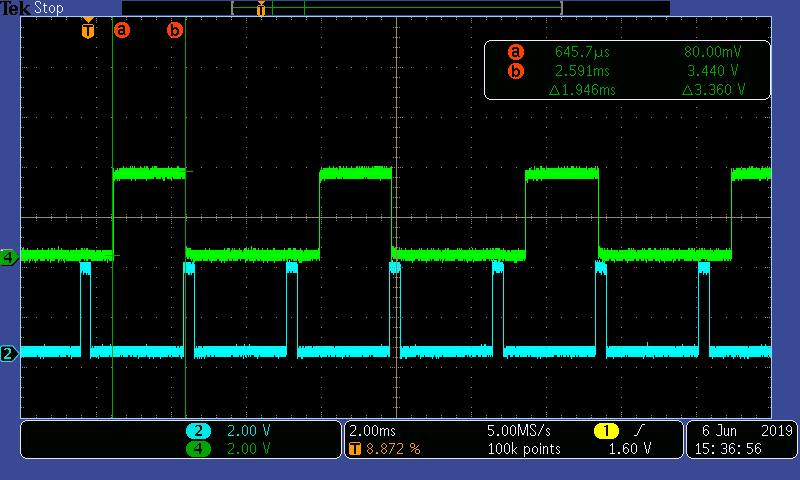Hi, there are some old threads in the Purepath Wireless Forum about interference between multiple devices. There's also a diagram in the User Manual Section 2.4.6 describing a situation where one device may be transmitting and jam a nearby device that's trying to receive.
There was an old post here where they referred to a video demonstrating 4 networks working at the same time in the same room, and without being synchronized.
https://e2e.ti.com/support/legacy_forums/purepath_wireless/f/382/t/58314
The link to the video no longer works, I was hoping someone could track it down for me so I could compare TI's results to my own. I'm seeing audio dropouts on 3 unsynchronized networks when the slaves are within around 2 feet of each other.
Thanks,
Arthur




